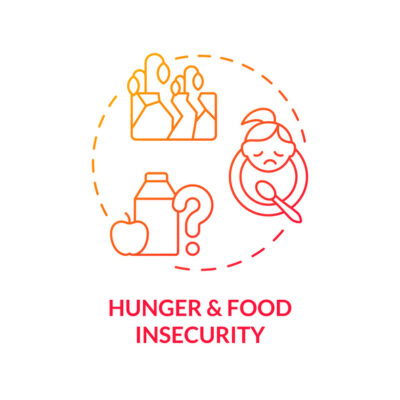
Nearly Half of ED Patients Reported Health-Related Social Needs
By Stacey Kusterbeck, special to ReliasMedia.com
Is an ED patient struggling with food insecurity, an unsafe living environment, or other issues? Often, ED providers are unaware of these issues.
“ED providers need to know that health-related social needs have an incredible impact on our patients’ health. Creating systems to address health-related social needs during an ED visit is important to provide holistic care to our patients,” says Genie Roosevelt, MD, MSPH, an attending physician at Denver Health Department of Emergency Medicine and professor of emergency medicine at University of Colorado School of Medicine.
Denver Health was one of several hospitals and health systems to participate in a grant to screen patients for health-related social needs and provide navigation to patients who were considered high-risk (defined as more than two ED visits in the past year). “We knew immediately this was a great opportunity to provide support to our ED patients,” Roosevelt says.
Roosevelt and colleagues screened 4,050 ED patients for health-related social needs from 2019 to 2022.1 Forty-eight percent of patients reported health-related social needs. Of those patients, 71% were considered high-risk. Food insecurity was the most identified health-related social need, followed by housing instability, transportation needs, and utility assistance.
The high-risk patients were eligible for navigation, which included follow-up and community referrals for up to one year after the initial ED visit. Some high-risk patients (15%) opted out. For patients identified as high-risk, if the patient (or guardian) accepted navigation, the patient was less likely to revisit the ED in the next six months. “It validates the importance of addressing health-related social needs in vulnerable populations,” Roosevelt says.
A health-related social need was considered unable to be resolved if there was no community-based organization that could address the need within one year. About one-third of patients fell in this category; for instance, there was no available housing within the next year. One-third of health-related social needs were categorized as “in progress.” Some patients were put on a waitlist for housing with an anticipated wait time of less than one year, for example. One-third of the health-related social needs were resolved. For example, patients were connected to a local food bank to resolve food insecurity, or patients were connected to a community organization that paid off a delinquent utility bill.
“This shows how impactful an active screening and navigating program can be. We were impressed with how successful our navigators were in resolving our patients’ health-related social needs,” Roosevelt says.
REFERENCE
- Tubbs RE, Warner L, Shy BD, et al. A descriptive study of screening and navigation on health-related social needs in a safety-net hospital emergency department. Am J Emerg Med 2023;74:65-72.
